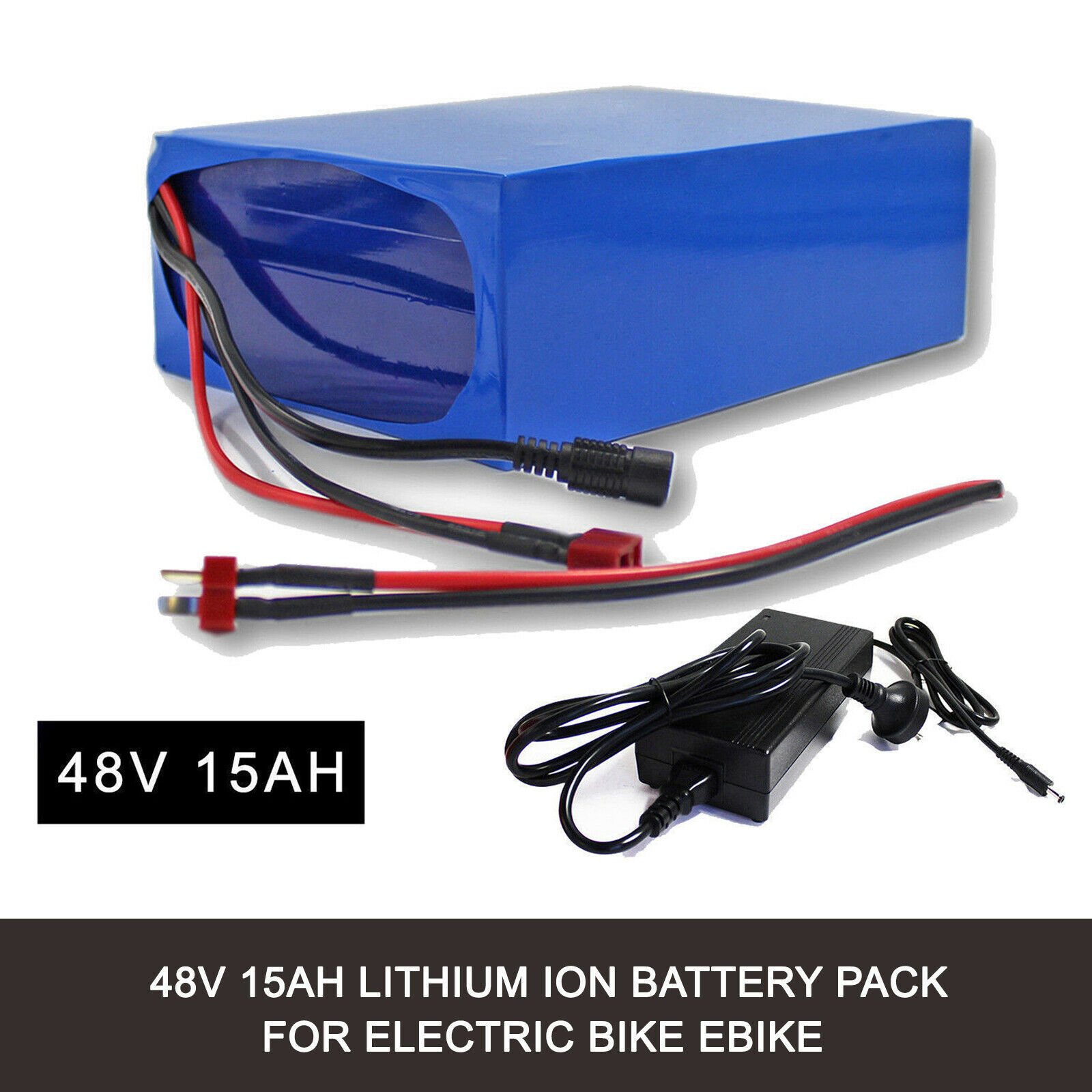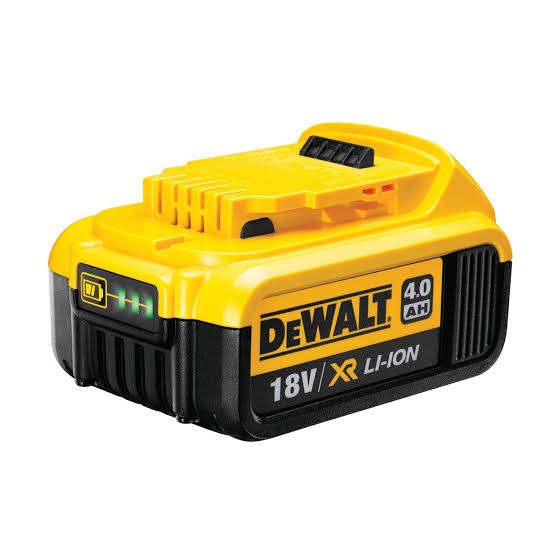Many a hacker has looked at their scooter, bike, or skateboard, and decided that it would be even better if only it had a motor on it. Setting out to electrify ones personal transport can be an exciting and productive journey, and one that promises to teach many lessons about mechanical and electronic engineering. Fundamentally, the key to any build is the battery, which has the utmost say in terms of your vehicles performance and range. To help out, weve prepared a useful guide on selecting the right battery for your needs.
One Chemistry To Rule Them All
Batteries come in all shapes and sizes, and a variety of different chemistries that all have their own unique properties and applications. When it comes to small electric vehicles, its desirable to have a battery with a low weight, compact size, plenty of current delivery for quick acceleration, and high capacity for long range.
30 years ago, options were limited to lead acid, nickel cadmium, and nickel metal hydride batteries. These were heavy, with low current output, poor capacity, and incredibly slow charge times. Thankfully, lithium polymer batteries have come along in the meantime and are more capable across the board. Offering huge discharge rates, fast charging, light weight and high capacity, theyre undeniably the ultimate choice for a high performance electric vehicle. Theyre also wildly popular, and thus cheap, too!
There are some hangups, however. Its important to keep all the cells in a pack at the same voltage in order to avoid cells back-charging each other. This can cause damage to the pack, or even explosions or fire. Maintaining the battery voltages to avoid this is called balancing. It can be handled in various ways, depending on the exact style of battery youre using, as well cover later.
Additionally, lithium batteries do not like being over-discharged. As a rule of thumb, its a good idea not to let your batteries drop below 3.0 V per cell. Failure to keep this in check can lead to ruining a pack, hurting its maximum capacity and ability to deliver current.
There are thankfully ways around these issues, and which ones you use depends on the battery you choose for your application.
But Which Battery, Exactly?
Its one thing to say you should use a lithium polymer battery, but they come in a wide variety of flavors for different applications. Which type you use will depend on the vehicle youre trying to build, your goals for performance and range, and your own abilities and desire to build or buy.
A Word About Voltage and Capacity
Lithium polymer cells are rated nominally at 3.6 V, and their capacity is measured in amp-hours or milliamp-hours. When looking at a pack for your electric vehicle, youll want to note the total pack voltage and the capacity. Higher voltages are good for higher performance vehicles and improved efficiency, as more power can be delivered at lower currents with less losses. However, this requires stacking more cells in series, which can add cost, and also requires more expensive controllers and charging solutions. Higher capacities are good for longer range, and are often achieved by stacking more cells in parallel.
Homebrew 18650 Packs

Due to the limited capacity of the individual cells, many packs for e-bikes and electric vehicles stack several cells in parallel. 18650-based packs are often referred to with designations like 10S4P, indicating there are 4 parallel sets of 10 cells each in the battery. Such a battery would have a nominal voltage of 36 V, with a capacity of between 10-14 Ah depending on the particular 18650 cells used.
To assemble a pack, soldering is a poor option due to the danger of heating the cells, and the results are typically weak from a mechanical standpoint. The most reliable way is through the use of a spot welder to connect the cells with metal strips from terminal to terminal. Some elect to build their own spotwelders, but if youre just trying to get your vehicle rolling, this would be considered as unnecessary yak shaving. They can be bought instead. Either way, once the cells are connected, individual leads can be added to the various cells for connection to a battery management system, or BMS a board that monitors the individual voltages of the cells in the pack. This board accepts a connection from a wall charger that sits at the batterys maximum voltage, and handles charging and balancing to keep the battery in good health, and also protects against over-discharge and over-current events. All this can then be wrapped up in the enclosure of your choice. Thanks to the metal case of the individual cells, often a simple plastic wrap can suffice.
Homebuilt 18650 packs are useful if you want to customise a pack to your own exacting specifications, or if you wish to build on the cheap with recycled parts. However, theres plenty of work involved, and you may find that the money you spend on tools to get the job done outweighs the savings along the way.
Pros: can be cheap, customizable voltage, capacity and packaging
Cons: significant work involved, can be heavier than other options
eBay E-bike Packs

For those uninterested in building their own packs, there is another option. With the proliferation of e-bikes around the world, parts are now readily available to those wishing to strike out on their own. A wide variety of battery packs for e-bikes are now available, most of which are built with the exact same tools and techniques as the homebrew packs mentioned above. The major benefit of these ones, however, is that someone else has done all the hard work!
Consisting of 18650 cells laced together in various configurations to suit different applications, theyre available in a range of voltages from 36 V-60 V and occasionally higher, with large capacities for long range. The vast majority come with an integrated battery management system and a charge connector already hooked up, and many sellers will throw in a suitable wall charger, too.
Theyre a great choice if you want a high-capacity pack thats ready to go, off the shelf, without a lot of fuss. One drawback, however, is that many of these packs are somewhat hobbled from the factory in terms of current output. While the average 18650 is capable of delivering significant current without breaking a sweat, its not uncommon to find a 36 V battery limited to a relatively low output of 15 A by the integrated BMS. This is fine if youre building a 200 watt e-bike to cruise by the beach, but if youre trying to build a quick scooter to tear along gravel paths with a 500 watt motor, youre going to run into problems with the BMS cutting the power. This can often be hacked around, but it takes the shine off the convenience of these ready-to-go packs.
Pros: Ready to go, complete solution, fairly robust
Cons: Can have issues with current limits, limited packaging options
RC Flight Packs

Lithium polymer batteries have been a boon for the model flight hobby, with their high power density and ability to deliver huge gobs of current at a moments notice. These typically use pouch cells, wherein the electrolyte is contained in a plastic pouch without a hard outer shell. These have great packing efficiency and are much lighter than metal cased cells, but are also much more delicate. The cells tend to swell a little over time, and are easy to damage if squeezed or pierced. This can lead to fires or explosion, and thus such cells must be installed in such a way to protect them against accidental damage.
Designed for the demands of high-powered RC aircraft, these cells are capable of current delivery at an immense rate, with 20 times the total battery capacity, or 20C, being common. High-end packs are readily available that can top 75C, which for a 2 Ah pack, is 150 A. This makes these RC packs useful for high-performance applications, where large motors are drawing several kilowatts of power under load. The tradeoff is in storage, with RC packs generally being fairly large for a given capacity, due to the size of the electrodes needed to sustain such high current draws. These packs usually only come as packs of up to 6 cells in series; often youll need two or more ganged up to reach a more suitable voltage for your electric vehicle where 10 S to 12 S is usually more desirable.
The high performance packs also come at a high cost, particularly compared to 18650 cells which have the benefits of economies of scale behind them. They also come without any protection or battery management systems. When used in an electric vehicle, they can either be removed after use and hooked up to a standard RC charger, or wired up to a BMS for a more contained solution for charging. Either way, its important to pay attention to balancing and maintenance, as these high current packs are more prone to fire and explosions than others.
Pros: Huge current delivery, light weight
Cons: Price, must be handled delicately, needs a charging solution fitted
Power Tool Packs

Lithium polymer cells have also revolutionized the power tool industry, and made cordless tools far more practical than ever before. Most tools on the market use 18 V, or five-cell packs, with different manufacturers using 18650 cells or pouch cells depending on their tastes. They usually come in a hard plastic case with a proprietary connector to hook up to a certain brand of tools. Inside, theres usually a basic BMS to handle cell balance and to shut things down if anything goes wrong.
Power tool packs have the benefit of being highly rugged, as theyre designed to withstand the construction environment. Tools can be quite power hungry, so current delivery is usually pretty solid, too. A drawback is that these packs can be quite expensive, because manufacturers want to lock consumers into their own tool ecosystem. Interfacing with them can be a pain too, due to the proprietary connectors. Common workarounds involve nails and tape, 3D printing, or simply gutting old tools. Charging is simply handled by plugging into the standard charger, with the batteries having the benefit of being easily hot-swappable by design. As theyre often already lying around, they can be a great way to test out an electric vehicle build before investing in a more suitable permanent battery solution.
Pros: Easily hot-swappable, youve already got some, rugged
Cons: Expensive, not particularly space efficient, proprietary connectors
Summary
Were blessed to have more battery options now than ever before, and as capacities and power outputs continue to rise, we continue to see new and more innovative electric vehicles than ever before. By weighing the relevant factors, and choosing carefully, you can pick the optimum solution for the special vehicle in your life. Hopefully, youll find this guide useful to point you in the right direction with your own builds, and when youre done, be sure to drop us a line!
